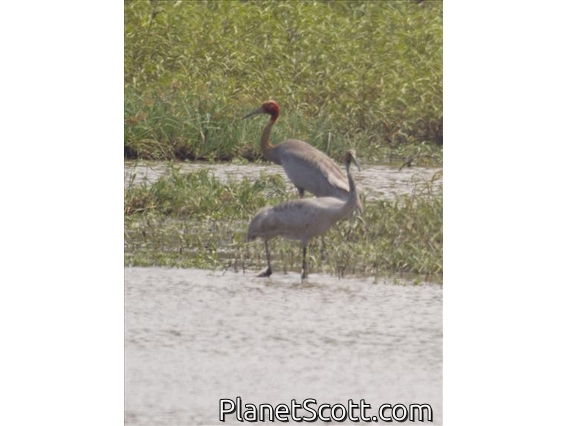Sarus Crane (Antigone antigone)

Sarus Crane (Antigone antigone)
×


Sarus Crane (Antigone antigone)
About Sarus Crane (Antigone antigone)
- Kingdom: Animals
- Phylum: Chordates
- Class: Birds
- Order: Cranes, Rails, and Allies
- Family: Cranes
The sarus crane is a large nonmigratory crane found in parts of the Indian subcontinent, Southeast Asia, and northern Australia. The tallest of the flying birds, standing at a height of up to 1.8 m, they are a conspicuous species of open wetlands in South Asia, seasonally flooded Dipterocarpus forests in Southeast Asia, and Eucalyptus-dominated woodlands and grasslands in Australia.
Source: Wikipedia
Lifelists
Visits
-
2006-01-10
Kheoladeo National Park, India -
2006-01-18
Nainital, IndiaOn the way to town on the bus. -
2012-11-11
Lakefield National Park, Australia -
2013-02-01
Ang Trapeang Thmor, Cambodia

